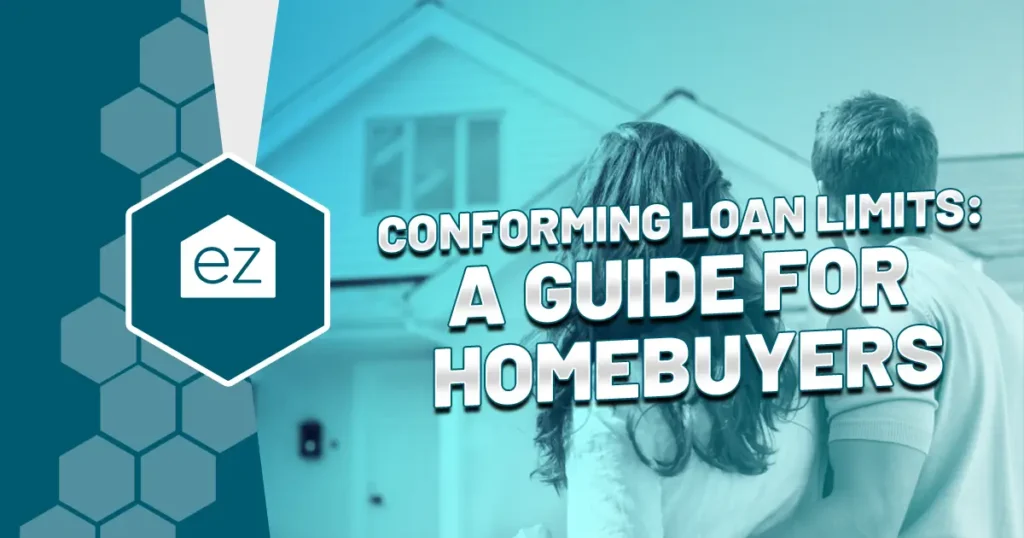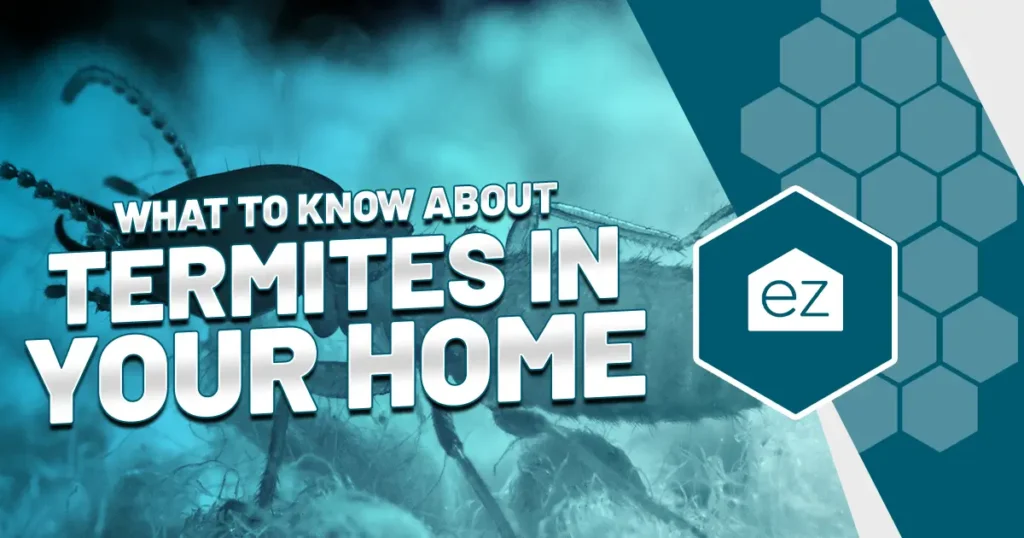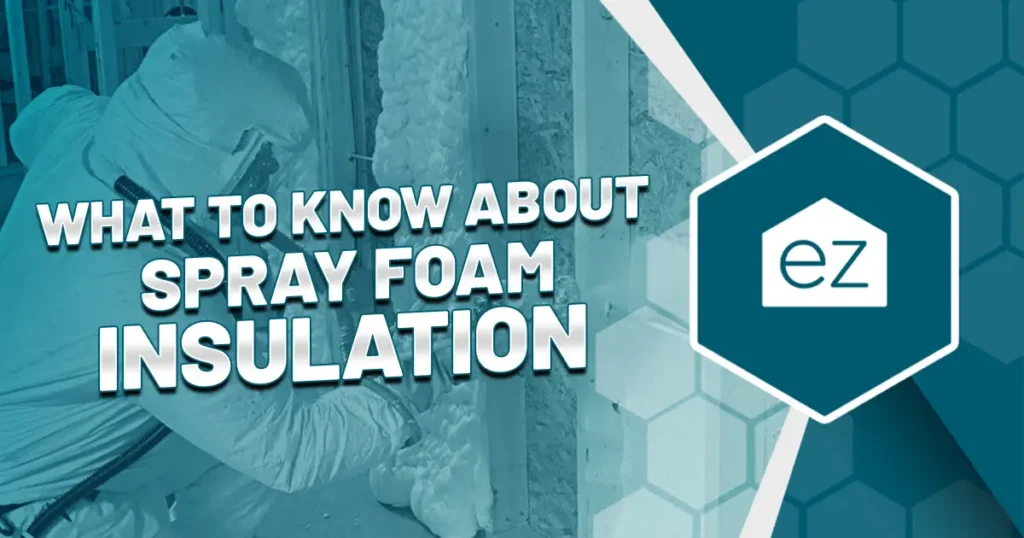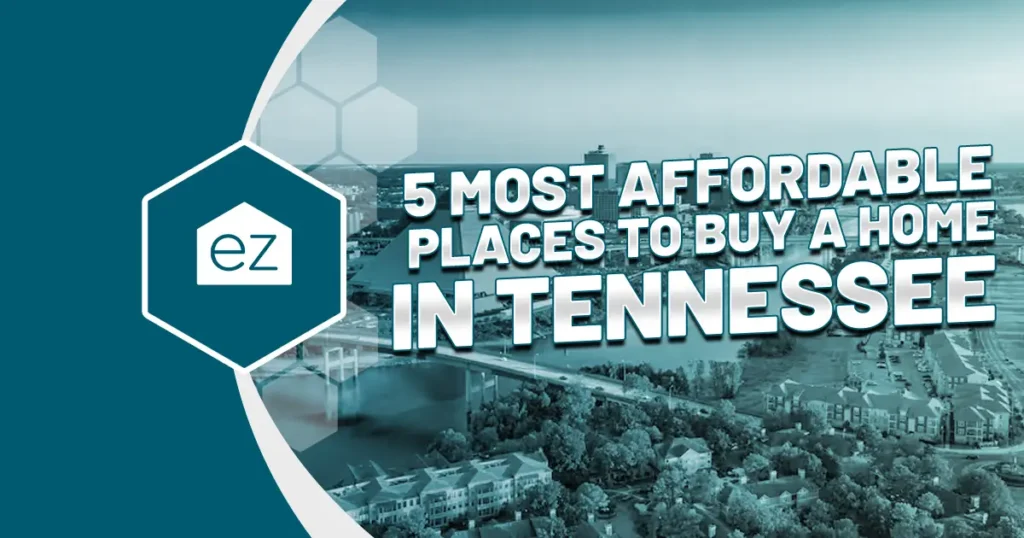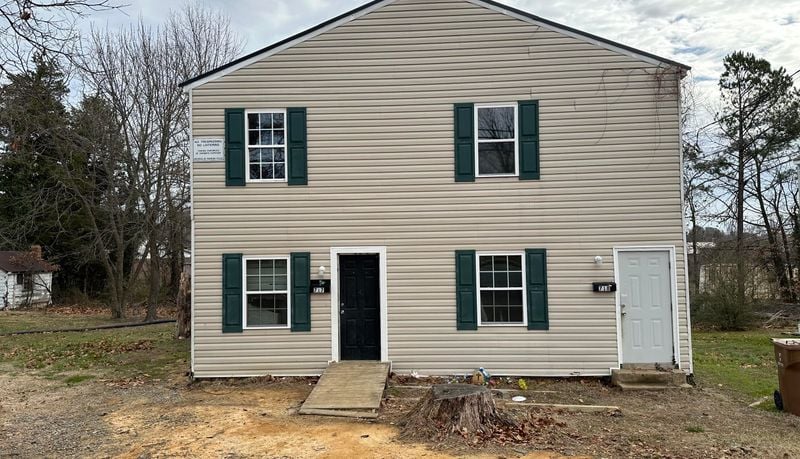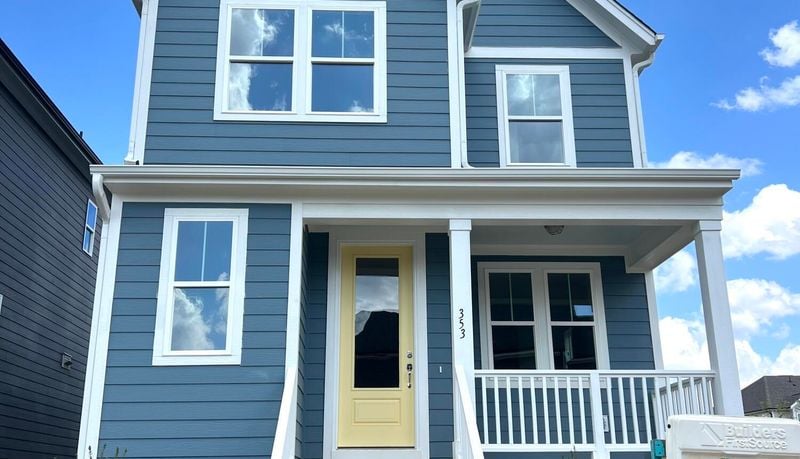How Millennials Are Reshaping the Home Buying Process
Millenials Buying Homes and Reshaping the Home Buying Process – Here’s How
The 2021 real estate market landscape is being called “The Rise of the Millennials,” according to Realtor.com’s “2021 Housing Forecast.” And, with good cause. Millennials have made a strong move up from dominating as entry-level home buyers to buyers with children who need to “trade up” for more space.
Millennials represent the largest generation in history. Believe it or not, the oldest turned 40 in 2021, and the youngest millennials turned 25. The largest segment of millennials, at 4.8 million, turned 30 in 2020.
In 2020, predictions called for millennial mortgage application to spike to a whopping 50% of total homes purchased. Following was Gen X at 32% and Baby Boomers at 17%. It’s their time to shine; in addition to starting a family, they’re moving onto their second jobs, possibly onto a second, larger home. But they’re doing it on their own terms.
We dug into this trend to get a deeper insight into how and why millennials are changing today’s home buying market.

Tech Savvy
Gone are the Old World home buying methods of personal referrals, Yellow Pages or Open House newspaper listings. The digital experience is here. Millennials, of course, are well-versed in online home searches and swiping through apps. The National Association of REALTORS (NAR) reported in 2019 that 81% of older millennials used a mobile app to find their home. This generation is also creating a personalized home-buying experience by getting matched with the right real estate agent online to start a strong partnership.
Since they are the largest slice of potential home buyers, it makes sense to cater to them. Some real estate firms are partnering with companies to provide millennial-targeted add-ons in the closing. It depends on the home purchase price, but it could be free smart home products. These make the home feel optimized and meet their tech-savvy needs.
Smaller is Better
The typical millennial home buyer isn’t interested in their parents’ big homes. According to market data, 1,700 square feet will suffice – versus the minimum 1,900 square feet that boomers say they need if they’re downsizing. It’s a “quality over quantity” trend. Millennials have more of a focus on home features, like larger backyards for pets and children, a location near parks or public transportation, and optimized homes tailored to their lifestyles. Among these perks are home office spaces, workout/meditation areas, gourmet kitchens, and an overall eco-friendly environment.
Suburban Life
Millennials want to spread their urbanized wings and migrate to more suburban, sustainable home locations. They’re seeking environmentally conscious open spaces with walkability, green areas, and walking trails.
That, and they’re finding urban homes are just too expensive. Valued at 25 percent more per square foot than suburban homes, homes in the city don’t offer the kind of family- and pet-friendly features found in a suburb. Millennials like a driveway, garage, backyard, large kitchen, and room to grow. They don’t even care if this means a longer commute time to the office, especially with the growing trend of working remotely from home.
But moving to the suburbs doesn’t mean you’re moving to the middle of nowhere; in fact, many are dubbing this increased movement the emergence of the “suburban downtown.” It’s an added appeal that builders and developers are taking note. More new communities are walkable neighborhoods with retail shops, cafes, and more.
Smaller Down Payments
Millennials are already behind the game financially, with a lack of savings, looming non-mortgage debt (an average of more than $27,000), which includes a stack of student loans, and a higher cost of living. Here are a few stats to consider from a 2020 survey that’s revolutionizing the standard 20 percent of a home’s value for a down payment:
- 70 percent of millennials plan to put down less than 20 percent; 49 percent of baby boomers, however, plan to put down more than 20 percent.
- The down payment is the biggest challenge for 50 percent of millennials.
- Only 14 percent of millennials plan to use savings for their down payment, compared to more than 25 percent of boomers. Millennials are looking to other sources, like their parents.
- More than 25 percent of millennials who planned to purchase a home in 2020 had less than $1,000 in savings despite the average home price listed at $210,000.
- At that price, a 20 percent down payment would be $42,000, plus closing costs, and only 30 percent of millennials have enough savings.
What does that mean for a millennial’s monthly mortgage? Lower down payments equal higher monthly mortgage payments and PMI costs, usually an additional 1.5 percent of the mortgage. They can also apply for an FHA loan, which allows for down payments as low as 3.5 percent and lower credit scores. A 2018 study reports that 26 percent of millennial loans were FHA.
To factor in your Debt to Income (DTI) ratio before you decide to buy a home, check out our DTI guide.
All in the Family
With minimal savings, millennials often turn to their baby boomer parents’ pocketbooks for help in that down payment – 27 percent of millennials in 2020, to be exact – through loans, gifts, inheritance, and trust fund money. Millennial home buyers are expected to receive nearly $10,000 toward a down payment. However, regular financial help is nothing new for them, with 37 percent of millennials receiving monthly money for cell phones, gas, groceries, health insurance, and rent.
Updated May 2024
Start Your Home Search
Preston Guyton
Share this Post
Related Articles
Buying a Home
Conforming Loan Limits: A Guide for Homebuyers
Buying a Home
What to Know About Termites In Your Home
Buying a Home
What to Know About Spray Foam Insulation
Buying a Home
